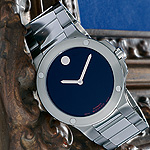 The Movado Sports Edition (SE) Extreme takes the classic Museum Watch design to a sporty new level. Click here for our in-depth analysis of this mechanical watch, with original photography by Zuckerfabrik Fotodesign, from WatchTime’s February 2010 issue.
The Movado Sports Edition (SE) Extreme takes the classic Museum Watch design to a sporty new level. Click here for our in-depth analysis of this mechanical watch, with original photography by Zuckerfabrik Fotodesign, from WatchTime’s February 2010 issue.
On the one hand, the Movado SE Extreme is an imposing presence, with an overall diameter of 44.5 mm, a height of almost 11 mm, and an impressively robust bracelet. On the other, its surface finishes and dial design lend it a degree of quiet elegance.
Examine this watch closely and you’ll discover a cleanly executed, elaborate finish. Alternating matte and polished surfaces and varying beveled edges enhance the rounded lines of the stainless steel case. In contrast to the scratch-resistant, nonreflective sapphire crystal above the dial, the bracelet and case offer virtually no resistance to scratches whatsoever. The crown guard is remarkable for its sporty shape, but may become uncomfortable on the wrist after a while.
Four round, polished inserts match the round dial marker set at 12 o’clock. Taken together, the four dots form a square, creating a bridge between the angles of the crown guard, lugs and bracelet and the round shapes of the dial and bezel.
The flat dot at 12 o’clock (also in polished stainless steel) dominates the dial, and is the sole reference point for reading the time. The single marker and the wide, steel bar hands stand in stark contrast to the black background. It’s amazing how quickly you become accustomed to reading the time on the minimalist dial. Of course, it’s not well suited for more precise time measurements, such as for sporting events, but then, neither is any other two-handed watch. And although the dial is not legible in the dark, adding luminous material would have detracted from the overall design of the watch.
The dial, as many watch aficionados know, was designed in 1947 by Nathan George Horwitt, and it was not really not a dial at all, at least according to critics at the time, who felt that two hands and a single marker were insufficient to display time. The iconic round marker at 12 o’clock symbolizes the sun as the focus of our time measurement system. “For us, time is not a sequence of numbers; rather, it is the result of the position of the sun in relation to the rotation of the Earth,” was how Horwitt explained his philosophy.
A New Yorker born in Russia, Horwitt (1898-1990) was an industrial designer. His style was oriented on functionality and was rooted in the Bauhaus movement in Germany in the 1920s and early 1930s. Horwitt made the connection of functionality and aesthetics his artistic goal. His quote, “Without utility, no beauty — without beauty, what is the use?” rose from the artistic debate between the German leader of the Bauhaus movement, Mies van der Rohe, and the American architect Frank Lloyd Wright. Wright’s well-known aphorism, “Less is more,” caused van der Rohe to counter with, “But nothing is not enough.” And although Horwitt’s dial is certainly “less” than the usual, the dial is clearly not “nothing.” The eye needs the dot as an orientation point, but nothing more.
Horwitt could not find anyone interested in the design for almost 15 years, even though he enjoyed a great deal of acclaim. In 1960 the Museum of Modern Art in New York included the prototype of the watch in its collection, which is how the “Museum Watch” came by its name. Shortly after, Horwitt sold the rights to the design to Switzerland’s Movado. Movado, however, restricted the Museum watch to the United States. In 1983, America’s Gedalio (“Gerry”) Grinberg acquired the Movado company, made the Museum watch the flagship of the brand, and turned it into one of the most successful and iconic designs in the watch world.
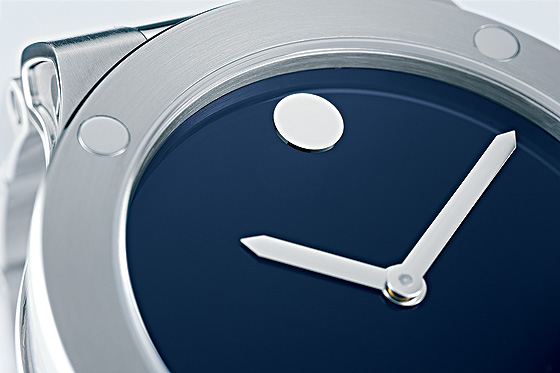
From the beginning, the Movado watch brand was remarkable for its design sensibility. In 1881, Achille Ditesheim, a native of Alsace, opened a small workshop in the Swiss watch hub of La Chaux-de-Fonds for the assembly and finishing of pocketwatch movements. This family-run business grew rapidly, winning chronometer competitions and surprising its audience with unusual models like the Ermeto. Movado, as the brand was known after 1911, survived takeovers by several larger companies, as well as the quartz crisis. Much of its success can be attributed to the popularity of the Museum Watch. Today, the brand is the flagship of the Movado Group Inc., which is headquartered in Paramus, New Jersey.

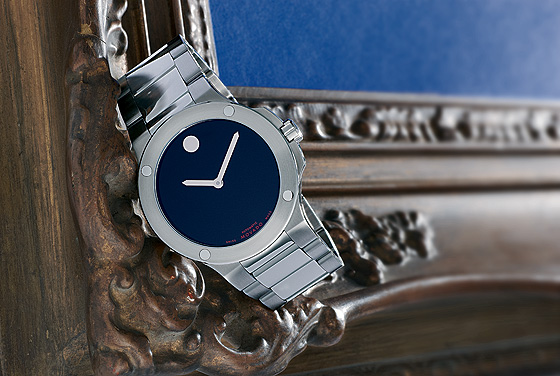
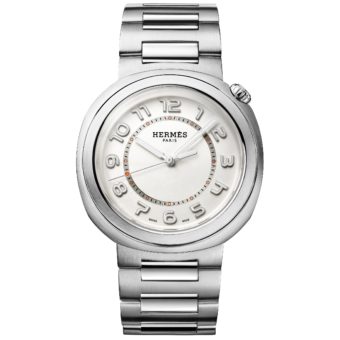
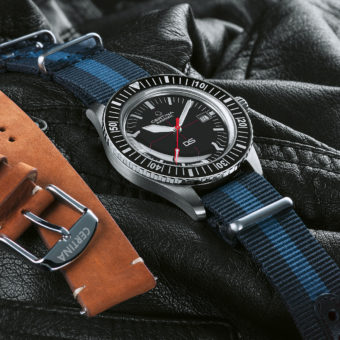
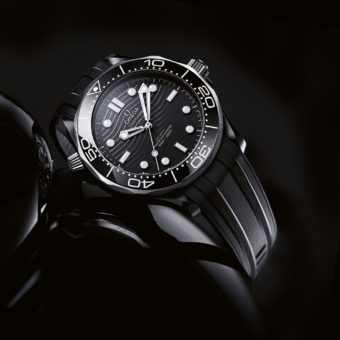
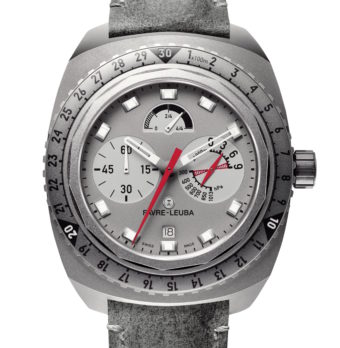
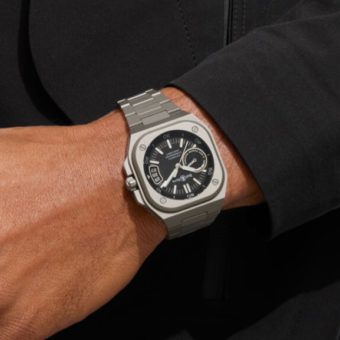
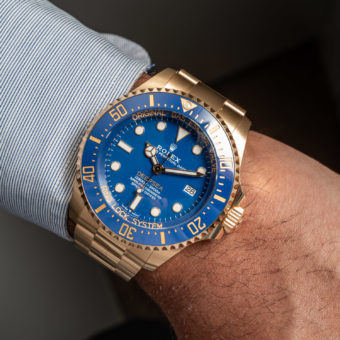
Question: What was the all time most popular Womens Movado Museum watch?